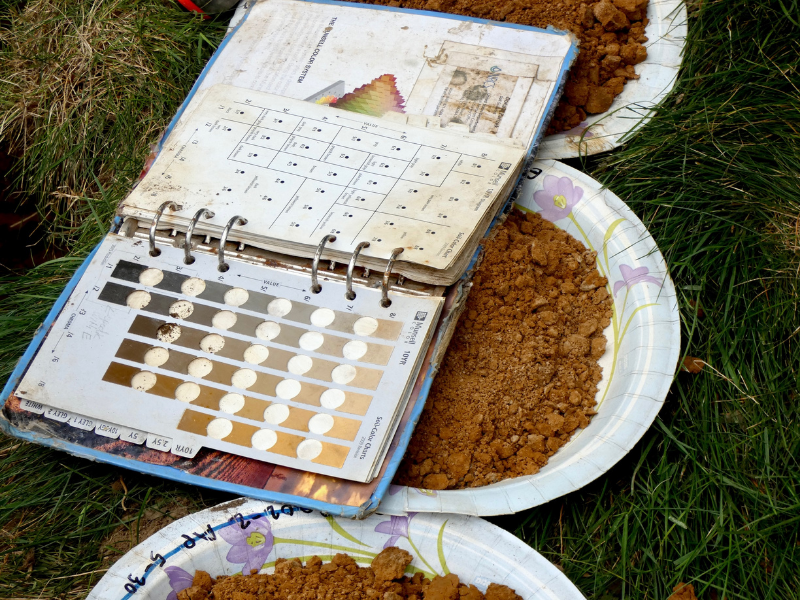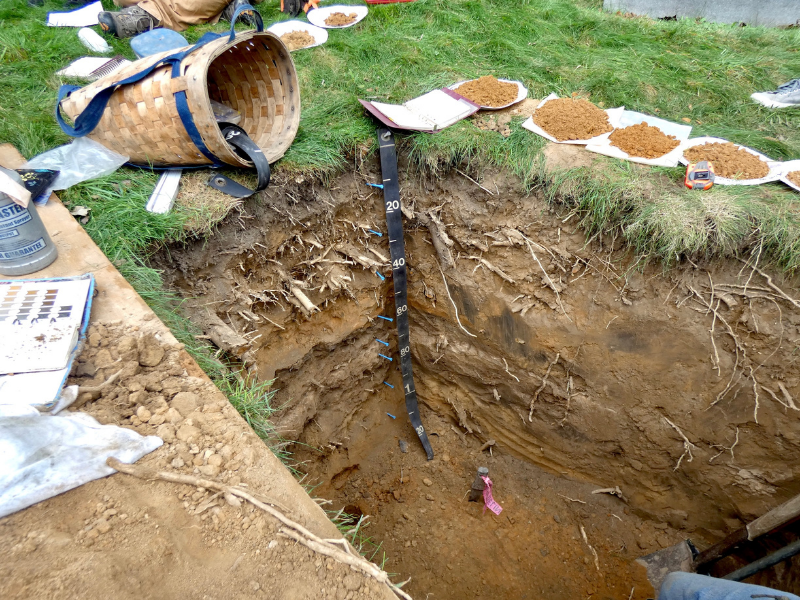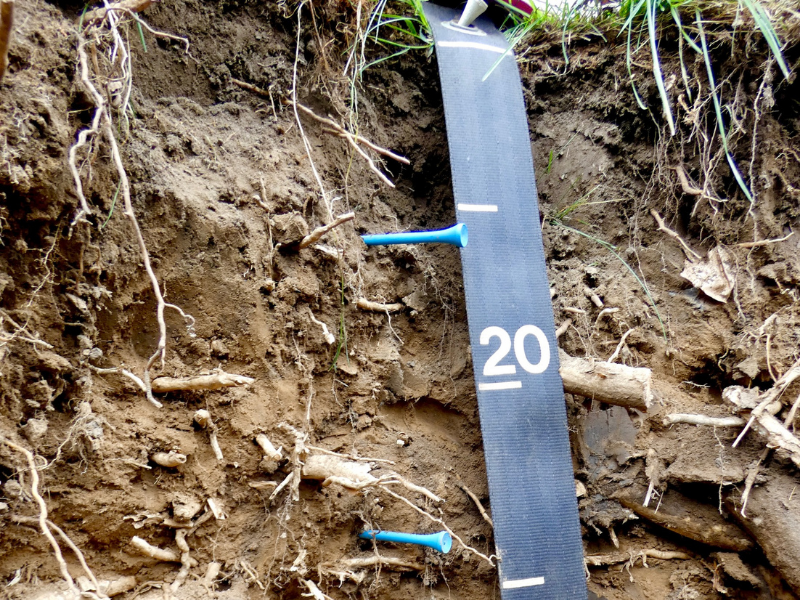Urban bacteria are a diverse group
January 24, 2022 - Adityarup "Rup" Chakravorty
More than half the world’s population lives in urban areas. In the United States, more than 8 out of every 10 people are urbanites. Urban ecosystems often have less diverse animal and plant life compared to natural areas. But that’s not necessarily the case when it comes to microbes.

According to research by biologist Theodore Muth and his colleagues, bacteria in soils across New York City are as diverse, or even more so, than in soils that have experienced little human influence. “We were surprised and excited to see how diverse urban soils were, especially with regard to bacterial diversity,” says Muth.
This research was presented at the 2021 ASA, CSSA, SSA Annual Meeting held in Salt Lake City.
There are several reasons why the diversity of soil microbes matters, according to Muth. For one, soil microbes contribute ecosystem services. These include decomposing organic matter and filtering nutrients from runoff. Microbes also play important roles in cycling elements, such as carbon and nitrogen.
Second, understanding urban soil microbial communities can shed light on soil health. “Then we can understand how to best nurture soils that support diverse populations of insects, plants, and animals,” says Muth.

Finally, soils can be a reservoir for human and animal pathogens. Urban soil microbial communities can support or inhibit the persistence of pathogens.
A more detailed understanding of urban soil microbes could allow cities to nudge these communities to limit the persistence of pathogens. “It’s very important to understand how human activity influences and alters urban microbial biodiversity,” says Muth.
Muth and colleagues collected soil samples from sites across New York City. Some samples were from locations where soils had formed by natural processes. Others were from areas where soils had been altered or transported by humans. The team then measured the microbial diversity in these soil samples.
“Over a range of urban soils, we see the same major groups of bacteria that are detected in naturally-formed soils,” says Muth. “Urban soils are quite similar to soils from sites with significantly less human influence.”
In fact, the researchers found that some of the most disturbed urban soils had higher numbers of bacterial species than naturally-deposited soils. Muth says that’s not necessarily unexpected. “A moderate level of disturbance – as found in many urban soils – can create more niches. These niches can be occupied by a wider array of different bacteria.”

For example, urban soils can often contain construction debris, coal slag, and plastics. These materials make urban soils very different from naturally-formed soils. It also means that urban soils can provide a variety of mixed conditions. These diverse soil conditions can support very different microbes than most natural soils.
Muth’s team observed other differences in bacterial communities in soils strongly influenced by human activity compared to naturally-deposited soils. “Naturally-deposited soils tend to have bacterial communities that change as you go deeper,” says Muth. “These changes at different depths are much less distinct in human-affected soils.”
Muth and his colleagues are continuing to work on several urban soil projects. They hope these projects will increase understanding of how urban soils are affected by human activity. For instance, Muth is testing if DNA sequences from soil bacteria can be used as indicators of contamination with heavy metals or other pollutants. Much of this work is conducted by undergraduate students. Muth says that soil microbial community projects offer vital research and training opportunities.
“Soil microbiome projects have been incorporated in classes that have reached several thousand undergraduates,” Muth says.
This study was supported in part by USDA Grant #68-7482-13-524 and NSF RCN-UBE Award #1827035.
